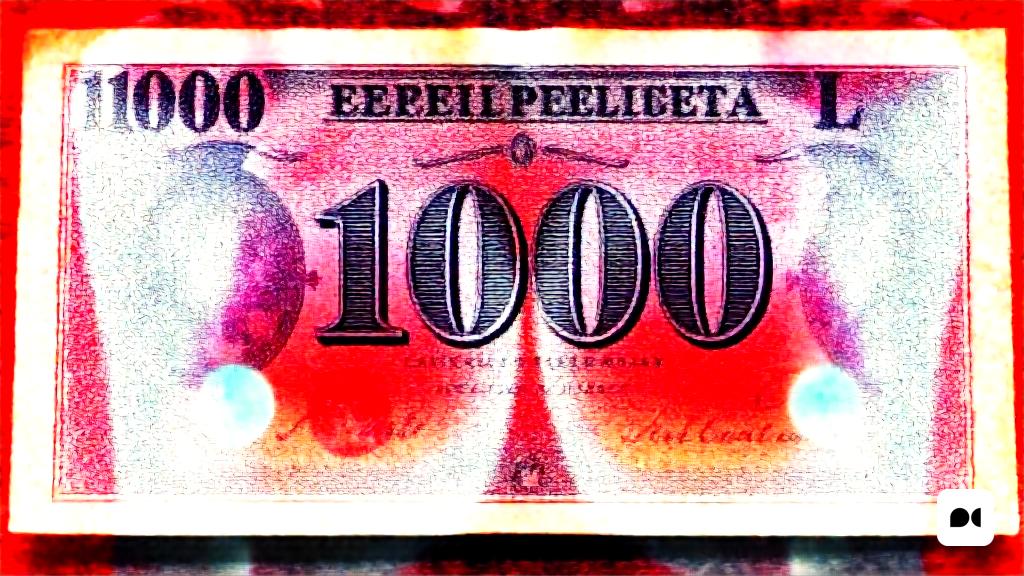A ticket that has exceeded expectations
Imagine holding in your hands a banknote that was initially worth little more than 5 euros, but which over time has become a real jewel for collectors, with a value that can reach up to 2,500 euros. This is the case of the 1,000 pesetas note issued in 1895.
A Reflection of the Time: Design and Meaning
The 1,000 pesetas note is not just a simple monetary document; it is a witness to an era of significant changes in Spain. It was issued to honor Gabriel Maria d’Ybarra and Gutiérrez de Caviedes, better known as the Count of Gabarrús. Its importance is not limited to its monetary value, but also represents a key chapter in the country’s economic history.
The Count of Gabarrús: An Economic Pioneer
As a banker and politician, the Count of Gabarrús played a fundamental role in the financial development of the time. The design of the note, with carefully crafted artistic details, captures the essence of a period of great splendor and transformation.
The Secret of Your Growing Value
The value of this note comes not only from its antiquity, but also from its excellent condition and scarcity. As time passes, the amount of notes that are kept in prime condition decreases, increasing their appeal to collectors.
Factors that influence the Valuation
Several elements contribute to the increase in its value: its relationship with an important historical figure, the quality of its condition and the dynamics of supply and demand in the numismatics market. With few examples available, prices continue to rise significantly.
A Constantly Growing Cultural Asset
This 1,000 pesetas note is not only a memory of the past, but also an investment opportunity in a cultural heritage that is becoming more and more valuable. For those lucky enough to own it, it represents a connection to history and evidence that what may seem ordinary can become extraordinary over time.

